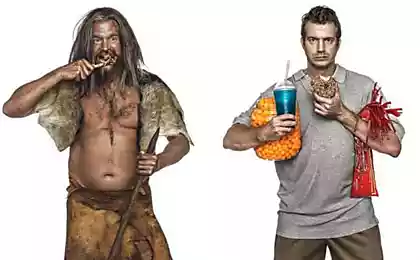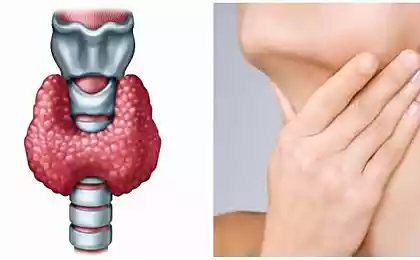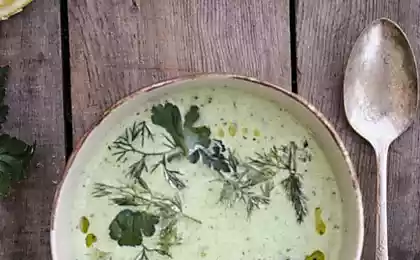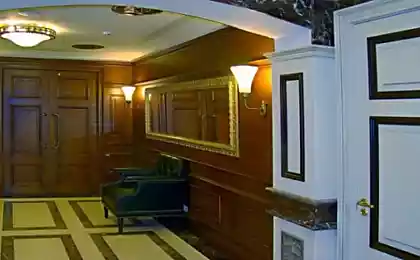1916
Royal feast
Salted beluga with cranberries, roasted pig, swan, bird minced pies and vyazigoy, fruit tower, diabetes Kremlin, Rhine wine - this is what the king regaled his guests at the feast.

Russian tsar gave feasts on average twenty to thirty times a year: on church and family holidays, for a meeting of high-ranking guests and separately, on the occasion of falconry, passionate love which is famous for Alexis. The feast was an important part of royal ceremonies and lasted up to eight hours.
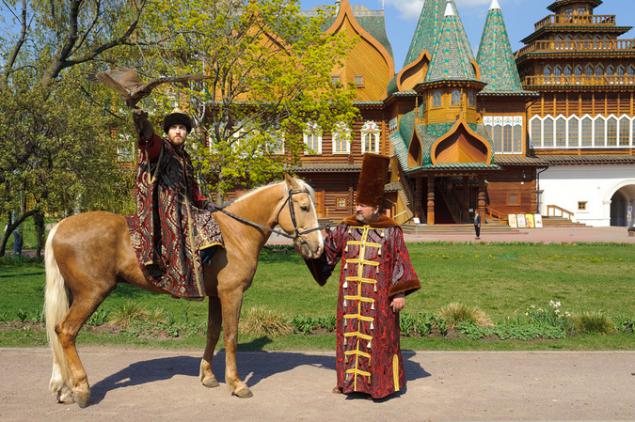
Preparing for this event started ahead of time, because it was necessary to prepare up to two hundred dishes, not including breads and desserts. To do this, in the royal palace in Kolomenskoye imported large amounts of food because their stocks for the organization of the feast was not enough. Work in the kitchen subscribed tyagletsov settlements of Moscow and attracted them to assist local farmers, only to a hundred people.
At the banquet, which was held in a specially created for this Dining Chamber, may be present from two or three to twenty or thirty people, depending on the reason and the solution of the king. Guests are seated according to their position. On the right hand of the king's place was "curve table" L-shaped, where the space is allocated to the most senior and expensive autocrat people. To the left of the "direct table" put the people easier.
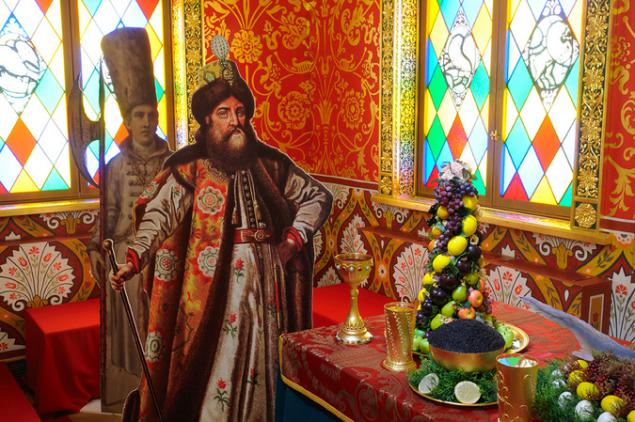
By the beginning of the banquet tables covered with layered tablecloths, which exhibited tareli, Cruet, salt cellars, pepper and rolls. When the king and his guests took their seats in places, the king's attendants carried in Nightingale House of viands and began the feast.
Instead of plain bread at the royal banquet mandatory fed "izraschatye" cakes - one per four guests.
Pies stuffed with chopped bird, decorated with figures of the respective birds and serve with cabbage leaves, greens, cranberries and plums. It could be a pheasant, goose and swan mandatory, which makes the figure of the sugar mass. Also fed egg pie with cheese, cheese and greens decorated marzipan crumbs and wine berries, as in the XVII century in Russia called grapes.
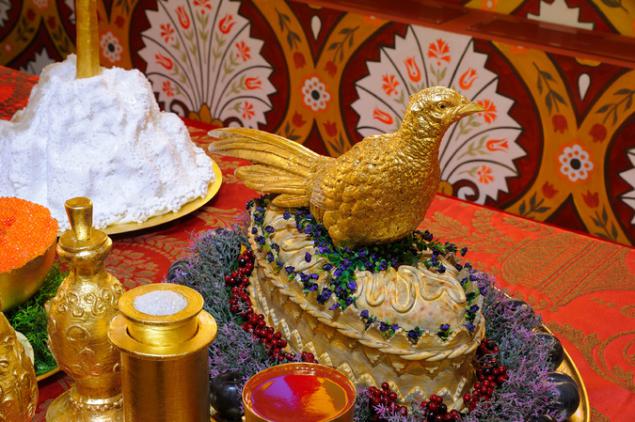
Salted beluga exhibited on a table with a cabbage leaf, cranberries, eggs and lemon. Near large bowls placed Salmon and beluga caviar.
Drinks on the tables appear after the first course. In honor were not only meads, kvass and beer, but wine, including the Rhine. Vodka exhibited rarely and in small quantities, apparently for certain guests.
Soups are served at feasts rarely, mostly guests were treated to all sorts of cereals, toasted chopped vegetables and meat, which were served in a variety of ways. Roast suckling pig decorated cabbage leaves, green, blocks, cranberries and a garland of wild flowers. Also at the table were fed pheasants, grouse and a swan.
For dessert, served with sugar Kremlin horses, carriages, archers and cannons from sugar mass.
Candy tree is called table decoration with candles. At the bottom of his tray were laid pears in honey syrup, and put a vase of wild flowers; on the top - plums and cherries, are also decorated with flowers.
Very popular also enjoyed pyramids of fruit and berry wine grapes, the manufacture of which were apples, pears, lemons, wine and berries.
Tsarist fruit cakes, which in appearance more like the big modern cupcakes, weighed about six pounds and more. They lay the foundation marzipan mass, which was added fruit, and within five days insisted on wine. Gingerbread plum insists on strong drink.
Each guest for the entire feast tasted two to four dishes, naturally, not including breads, cakes, snacks and desserts. If all hands - fork with knife relied only the king and sometimes high-ranking guests. Therefore steward first demonstrated dishes guests, and then butchered them for a special table - postavtsa - and laid out on tareli. Each of them if four people. Most of the two hundred dishes to address the monarch himself, handed the king's approximate as the award - at the end of the feast servants took them to the specified home.
Watch as these dishes looked and in what conditions held a feast, April 30 at the Palace can Alexei Mikhailovich in Kolomenskoye. Experts reserve museum learned a huge amount of Russian and foreign sources to accurately recreate all the dishes in their original form.

Everything!

Source:

Russian tsar gave feasts on average twenty to thirty times a year: on church and family holidays, for a meeting of high-ranking guests and separately, on the occasion of falconry, passionate love which is famous for Alexis. The feast was an important part of royal ceremonies and lasted up to eight hours.

Preparing for this event started ahead of time, because it was necessary to prepare up to two hundred dishes, not including breads and desserts. To do this, in the royal palace in Kolomenskoye imported large amounts of food because their stocks for the organization of the feast was not enough. Work in the kitchen subscribed tyagletsov settlements of Moscow and attracted them to assist local farmers, only to a hundred people.
At the banquet, which was held in a specially created for this Dining Chamber, may be present from two or three to twenty or thirty people, depending on the reason and the solution of the king. Guests are seated according to their position. On the right hand of the king's place was "curve table" L-shaped, where the space is allocated to the most senior and expensive autocrat people. To the left of the "direct table" put the people easier.

By the beginning of the banquet tables covered with layered tablecloths, which exhibited tareli, Cruet, salt cellars, pepper and rolls. When the king and his guests took their seats in places, the king's attendants carried in Nightingale House of viands and began the feast.
Instead of plain bread at the royal banquet mandatory fed "izraschatye" cakes - one per four guests.
Pies stuffed with chopped bird, decorated with figures of the respective birds and serve with cabbage leaves, greens, cranberries and plums. It could be a pheasant, goose and swan mandatory, which makes the figure of the sugar mass. Also fed egg pie with cheese, cheese and greens decorated marzipan crumbs and wine berries, as in the XVII century in Russia called grapes.

Salted beluga exhibited on a table with a cabbage leaf, cranberries, eggs and lemon. Near large bowls placed Salmon and beluga caviar.
Drinks on the tables appear after the first course. In honor were not only meads, kvass and beer, but wine, including the Rhine. Vodka exhibited rarely and in small quantities, apparently for certain guests.
Soups are served at feasts rarely, mostly guests were treated to all sorts of cereals, toasted chopped vegetables and meat, which were served in a variety of ways. Roast suckling pig decorated cabbage leaves, green, blocks, cranberries and a garland of wild flowers. Also at the table were fed pheasants, grouse and a swan.
For dessert, served with sugar Kremlin horses, carriages, archers and cannons from sugar mass.
Candy tree is called table decoration with candles. At the bottom of his tray were laid pears in honey syrup, and put a vase of wild flowers; on the top - plums and cherries, are also decorated with flowers.
Very popular also enjoyed pyramids of fruit and berry wine grapes, the manufacture of which were apples, pears, lemons, wine and berries.
Tsarist fruit cakes, which in appearance more like the big modern cupcakes, weighed about six pounds and more. They lay the foundation marzipan mass, which was added fruit, and within five days insisted on wine. Gingerbread plum insists on strong drink.
Each guest for the entire feast tasted two to four dishes, naturally, not including breads, cakes, snacks and desserts. If all hands - fork with knife relied only the king and sometimes high-ranking guests. Therefore steward first demonstrated dishes guests, and then butchered them for a special table - postavtsa - and laid out on tareli. Each of them if four people. Most of the two hundred dishes to address the monarch himself, handed the king's approximate as the award - at the end of the feast servants took them to the specified home.
Watch as these dishes looked and in what conditions held a feast, April 30 at the Palace can Alexei Mikhailovich in Kolomenskoye. Experts reserve museum learned a huge amount of Russian and foreign sources to accurately recreate all the dishes in their original form.

Everything!

Source:

